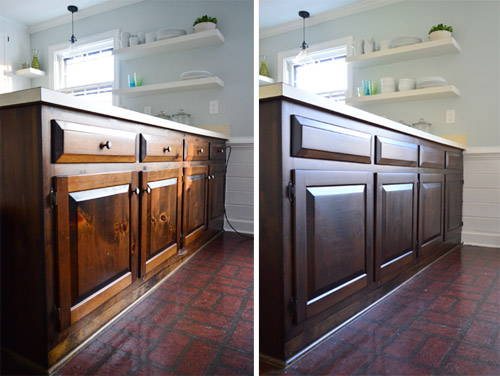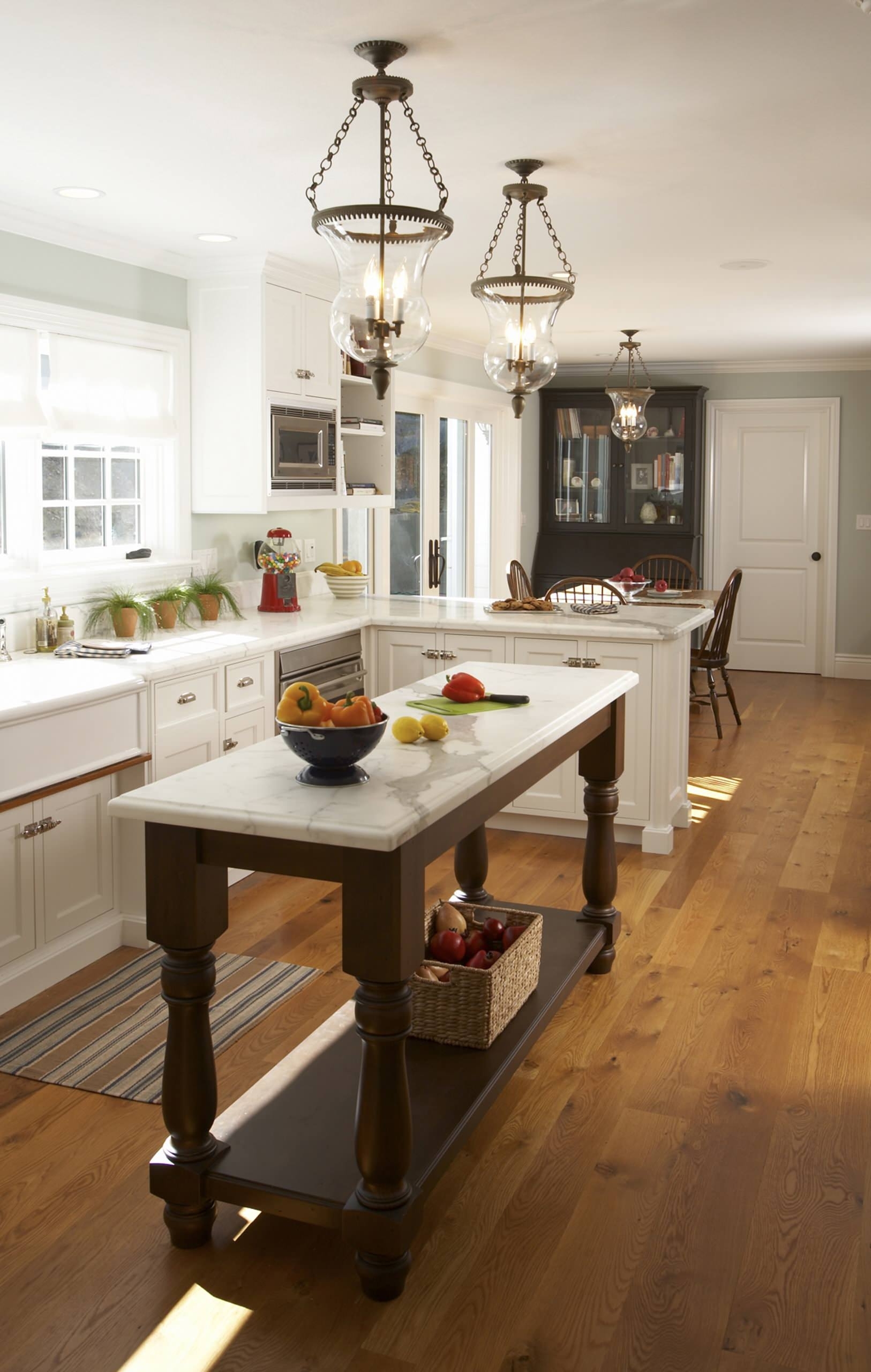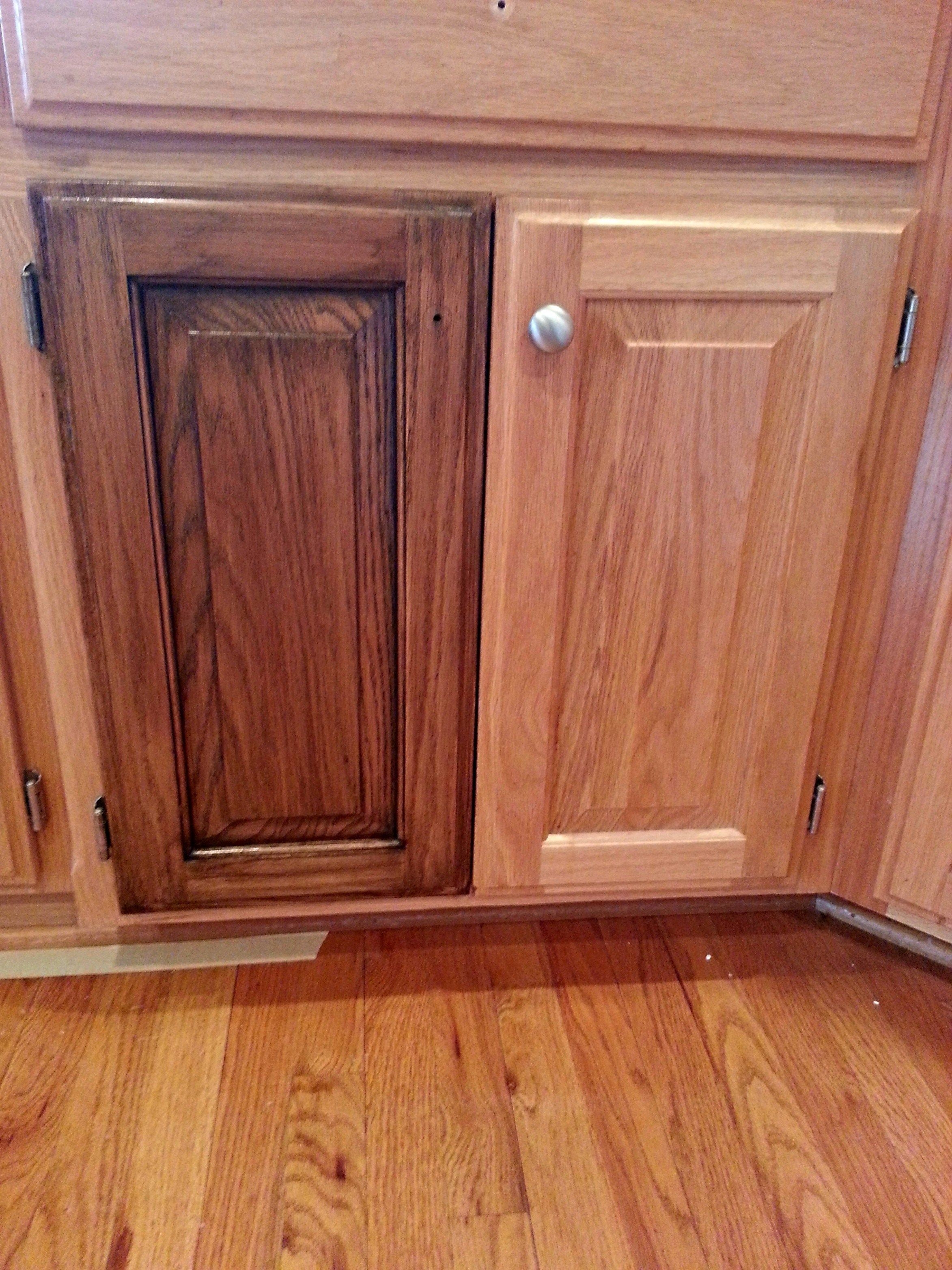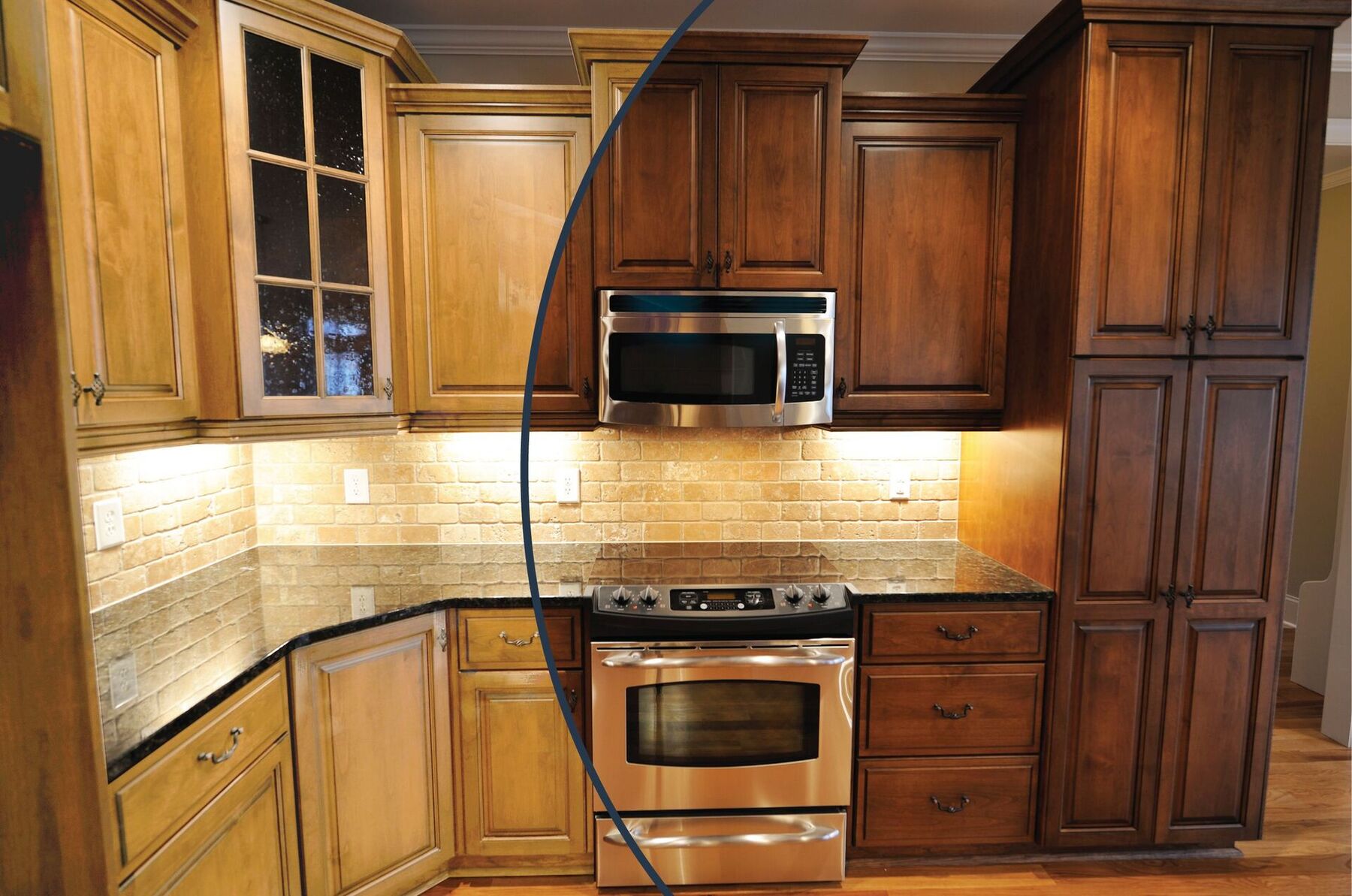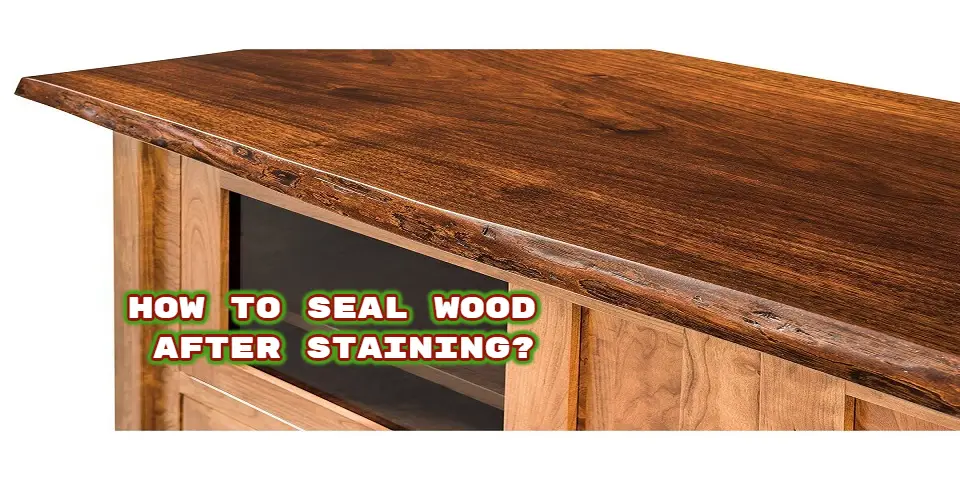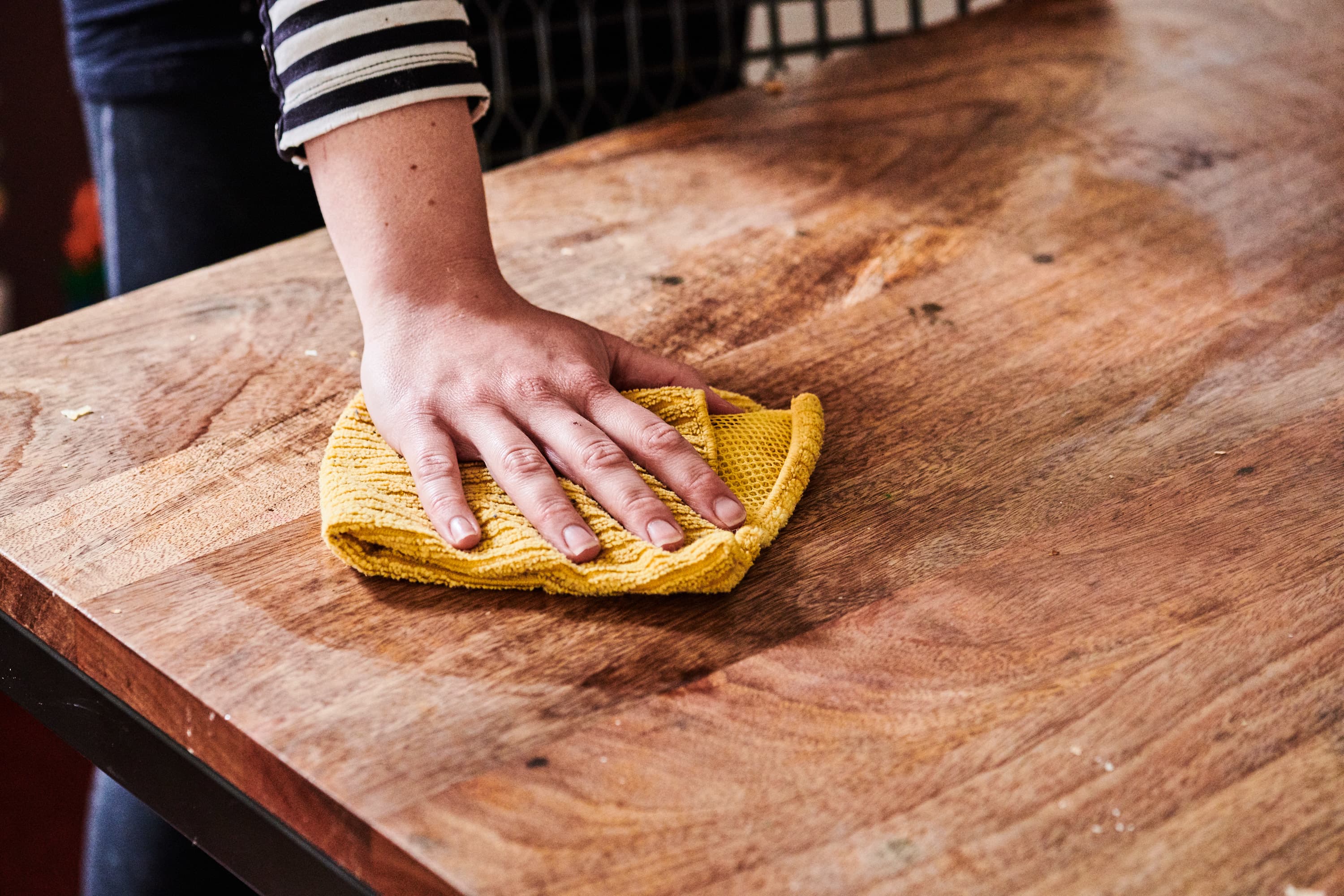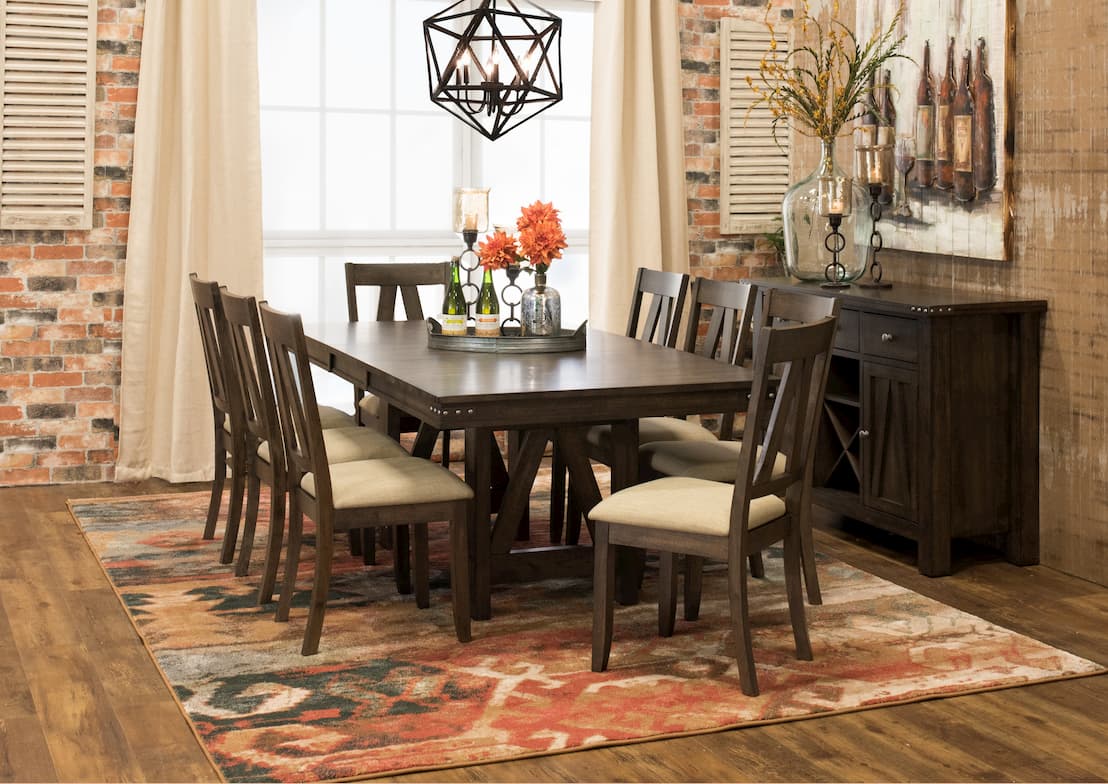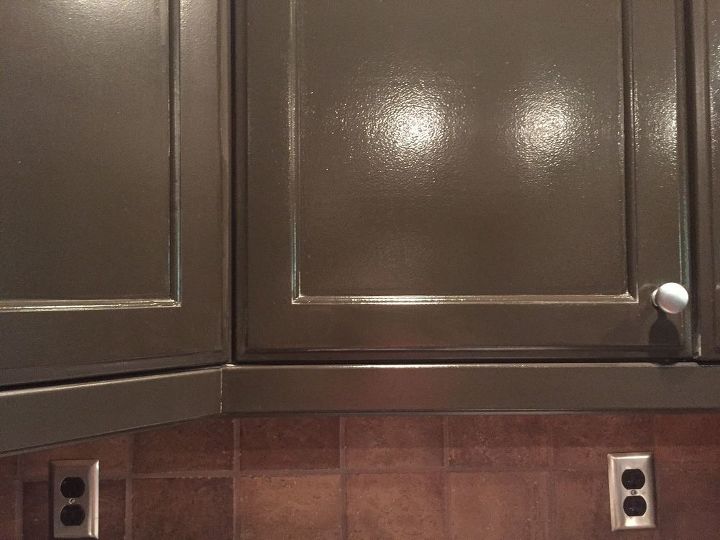Staining a kitchen table is a great way to give it a fresh new look and enhance its overall appearance. If you're looking to add a touch of elegance and sophistication to your kitchen, staining your table a darker color can do just that. But how do you go about staining a kitchen table darker? Let's take a look at the process step by step.How to Stain a Kitchen Table Darker
Before you begin the staining process, it's important to choose the right stain for your kitchen table. There are a variety of stains available, from oil-based to water-based, and each one will give a different finish. To achieve a darker color, it's best to opt for an oil-based stain as they tend to be more pigmented.How to Darken a Kitchen Table with Stain
If you're a fan of DIY projects, then staining your kitchen table can be a fun and rewarding task. The first step is to sand down the table to remove any previous stain or varnish. This will help the new stain to penetrate the wood and give a more even finish. Make sure to sand in the direction of the wood grain for the best results.DIY Guide for Staining a Kitchen Table Darker
Gel stains are a popular choice for darkening kitchen tables as they are thicker and more pigmented than traditional stains. They also tend to be more forgiving and easier to work with, making them a great option for beginners.Best Stains for Darkening a Kitchen Table
Once you have chosen your stain, it's time to start the staining process. Begin by applying a pre-stain wood conditioner to the table to help the stain absorb evenly. Then, using a clean cloth or brush, apply the stain in the direction of the wood grain. Allow the stain to sit for the recommended time, usually around 10-15 minutes, before wiping off any excess stain with a clean cloth.Step-by-Step Tutorial for Darkening a Kitchen Table with Stain
If you want to achieve a darker stain, there are a few tips to keep in mind. First, make sure to apply multiple coats of stain, allowing each coat to dry completely before adding the next. This will help to build up the color and achieve a deeper, richer finish. You can also try using a darker stain or a combination of stains to get your desired shade.Tips for Achieving a Darker Stain on a Kitchen Table
Staining a kitchen table can be a tricky process, and there are a few common mistakes that people make. One of the most common mistakes is not sanding the table properly, which can result in an uneven finish. Another mistake is not wiping off excess stain, which can lead to an overly dark and blotchy appearance.Common Mistakes to Avoid When Staining a Kitchen Table Darker
Proper preparation is key to achieving a beautiful, dark stain on your kitchen table. Make sure to thoroughly sand the table, remove any dust or debris, and apply a pre-stain wood conditioner. This will help the stain to absorb evenly and give a smooth finish.How to Prep a Kitchen Table for Darker Stain
Gel stains are a great option for those looking to achieve a darker stain on their kitchen table. They are easy to work with and provide a more pigmented finish than traditional stains. Gel stains also tend to be thicker, making them ideal for vertical surfaces like table legs.Using Gel Stain to Darken a Kitchen Table
After staining your kitchen table, it's important to seal and protect the finish. You can use a polyurethane sealer to protect the wood and give it a glossy finish. Apply at least two coats, allowing each coat to dry completely before adding the next. This will help to protect your table from spills and scratches and keep it looking beautiful for years to come.How to Seal and Protect a Darker Stained Kitchen Table
Tips for Staining Your Kitchen Table a Darker Color

Choosing the Right Stain
 If you're tired of the light color of your kitchen table and want to give it a new, darker look, staining is a great option. However, choosing the right stain is crucial in achieving the desired result.
Dark wood stains
come in a variety of shades, from espresso to ebony, so it's important to consider the existing color of your table and the overall aesthetic of your kitchen. For a cohesive look,
choose a stain color that complements or contrasts with your kitchen cabinets or flooring
. It's also important to read the instructions on the stain label carefully and choose a brand that is known for producing high-quality results.
If you're tired of the light color of your kitchen table and want to give it a new, darker look, staining is a great option. However, choosing the right stain is crucial in achieving the desired result.
Dark wood stains
come in a variety of shades, from espresso to ebony, so it's important to consider the existing color of your table and the overall aesthetic of your kitchen. For a cohesive look,
choose a stain color that complements or contrasts with your kitchen cabinets or flooring
. It's also important to read the instructions on the stain label carefully and choose a brand that is known for producing high-quality results.
Preparing Your Table for Staining
 Before you start staining, it's important to properly prepare your kitchen table. This includes thoroughly cleaning it with a wood cleaner and sanding down any rough or uneven areas. Sanding helps to create a smooth surface for the stain to adhere to and can also help to remove any existing finish or stain.
Be sure to sand in the direction of the wood grain and wipe away any dust or debris before moving on to the staining process
.
Before you start staining, it's important to properly prepare your kitchen table. This includes thoroughly cleaning it with a wood cleaner and sanding down any rough or uneven areas. Sanding helps to create a smooth surface for the stain to adhere to and can also help to remove any existing finish or stain.
Be sure to sand in the direction of the wood grain and wipe away any dust or debris before moving on to the staining process
.
Applying the Stain
 Now comes the fun part - applying the stain! Start by
testing the stain on a small, inconspicuous area of your table
to ensure that you're happy with the color. Once you've found the perfect shade, use a clean cloth or brush to apply the stain in long, even strokes, following the direction of the wood grain.
Be sure to work in small sections and wipe away any excess stain before it dries
. This will help to prevent streaking or blotchiness in the final result.
Now comes the fun part - applying the stain! Start by
testing the stain on a small, inconspicuous area of your table
to ensure that you're happy with the color. Once you've found the perfect shade, use a clean cloth or brush to apply the stain in long, even strokes, following the direction of the wood grain.
Be sure to work in small sections and wipe away any excess stain before it dries
. This will help to prevent streaking or blotchiness in the final result.
Finishing Touches
 After the stain has dried completely, it's time to add the finishing touches to your newly darkened kitchen table.
Applying a sealant or topcoat is essential in protecting the stain and ensuring its longevity
. There are various options for sealants, including polyurethane, varnish, and wax. Each has its own benefits and drawbacks, so be sure to research and choose the best option for your specific table and lifestyle. Once the sealant has dried, you can reattach any hardware or accessories and enjoy your beautifully stained kitchen table.
By following these tips, you can successfully stain your kitchen table a darker color and give your kitchen a fresh, updated look. Remember to
take your time, pay attention to detail, and choose quality products
for the best results. With a little bit of effort, you'll have a stunning, dark kitchen table that will be the envy of all your guests.
After the stain has dried completely, it's time to add the finishing touches to your newly darkened kitchen table.
Applying a sealant or topcoat is essential in protecting the stain and ensuring its longevity
. There are various options for sealants, including polyurethane, varnish, and wax. Each has its own benefits and drawbacks, so be sure to research and choose the best option for your specific table and lifestyle. Once the sealant has dried, you can reattach any hardware or accessories and enjoy your beautifully stained kitchen table.
By following these tips, you can successfully stain your kitchen table a darker color and give your kitchen a fresh, updated look. Remember to
take your time, pay attention to detail, and choose quality products
for the best results. With a little bit of effort, you'll have a stunning, dark kitchen table that will be the envy of all your guests.



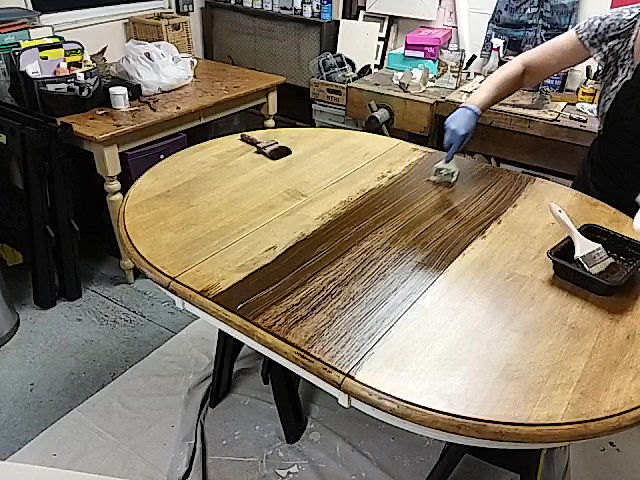




















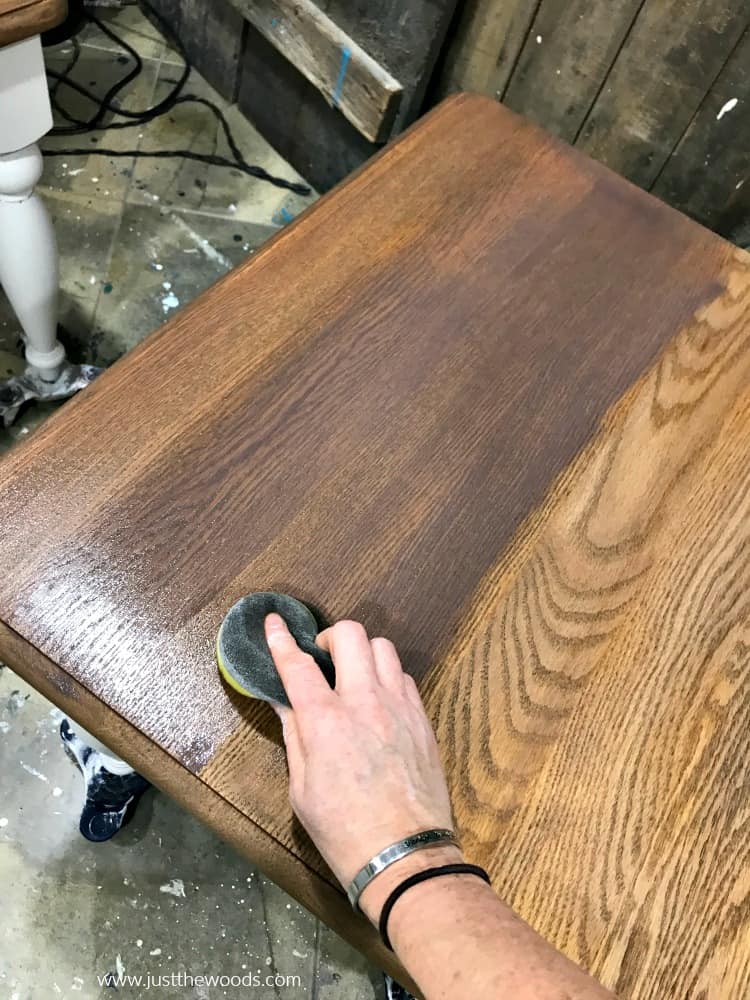



























:max_bytes(150000):strip_icc()/designersbuildersinc_119435621_173557914265817_3339330568184216681_n-ee0c803d12614d058ba1c65fd145e93b.jpg)
